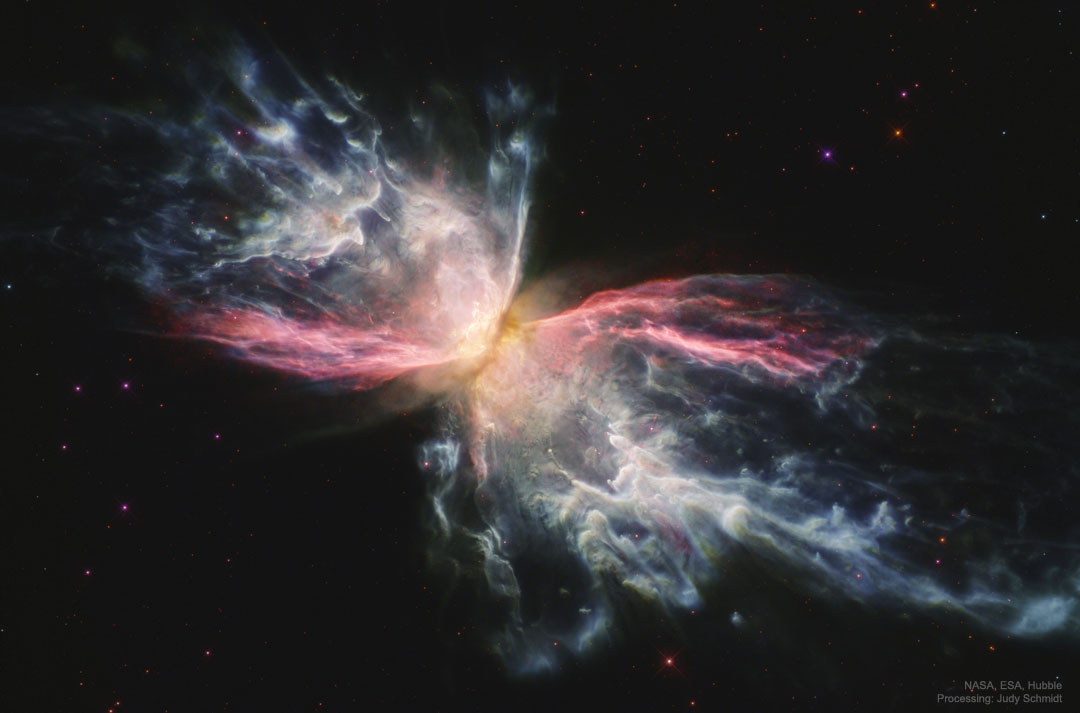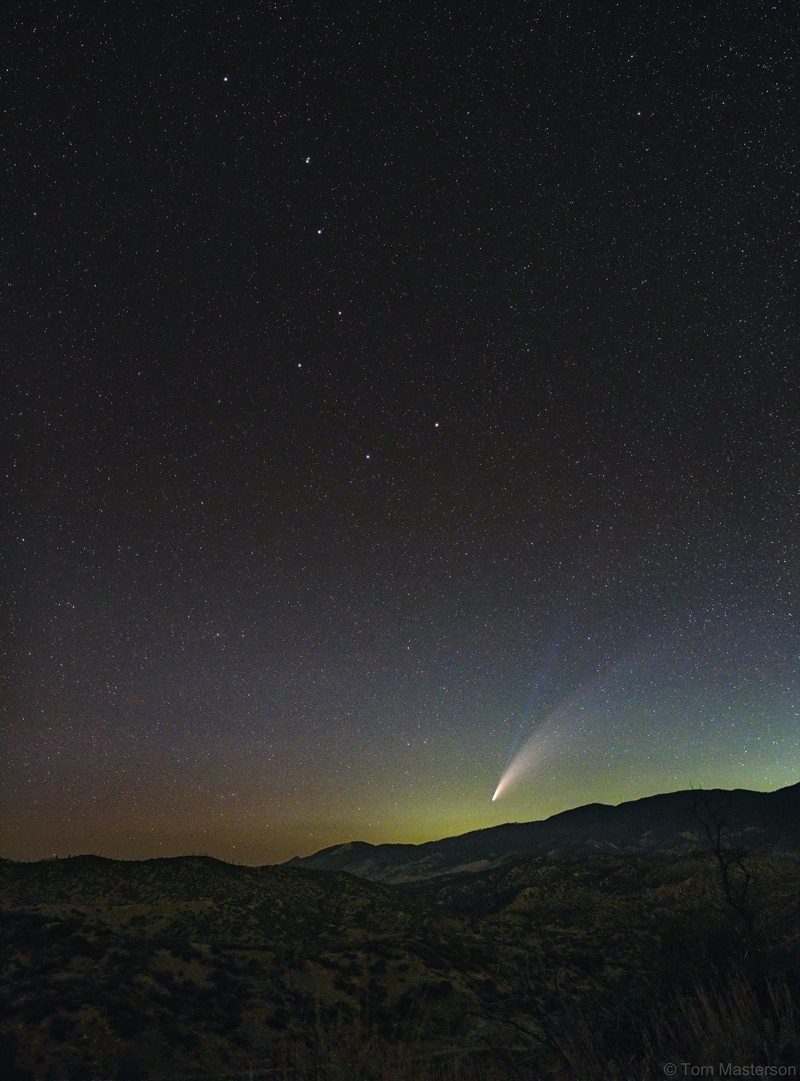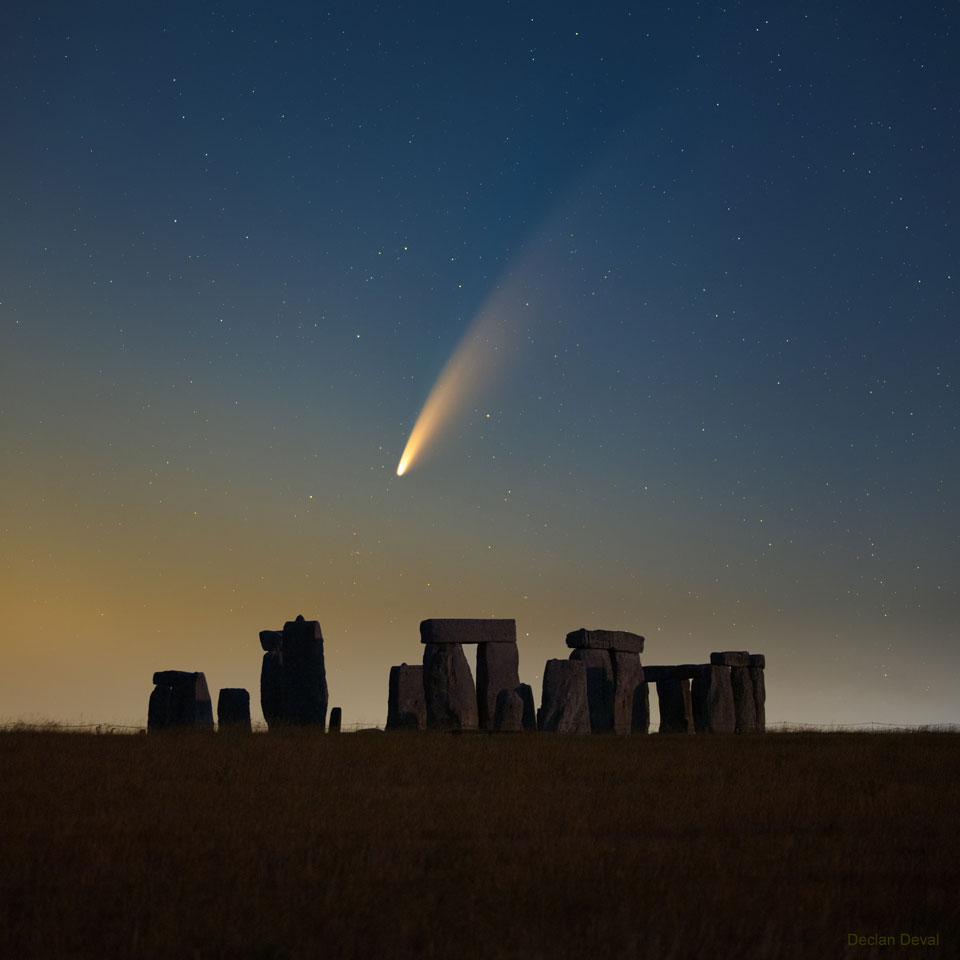
Dans le désert du Sahara algérien, le Grand Erg Oriental se caractérise par ses dunes en étoile de forme pyramidale qui sont façonnées par des vents dont l'orientation ne cesse de changer. Ainsi, d'est en été, les vents tournent en ouest une fois l'hiver venu. C'est la combinaison de ces vents changeant avec les spécificités géographiques de cette région et les tempêtes qui la traversent qui façonnent ces dunes en étoile.
Cette image satellite a été obtenue en associant de la lumière proche infrarouge et visible. Le sable est de couleur ocre, les ombres sont noires ou grises. Les zones bleutées représentent des roches évaporites.
© Nasa







